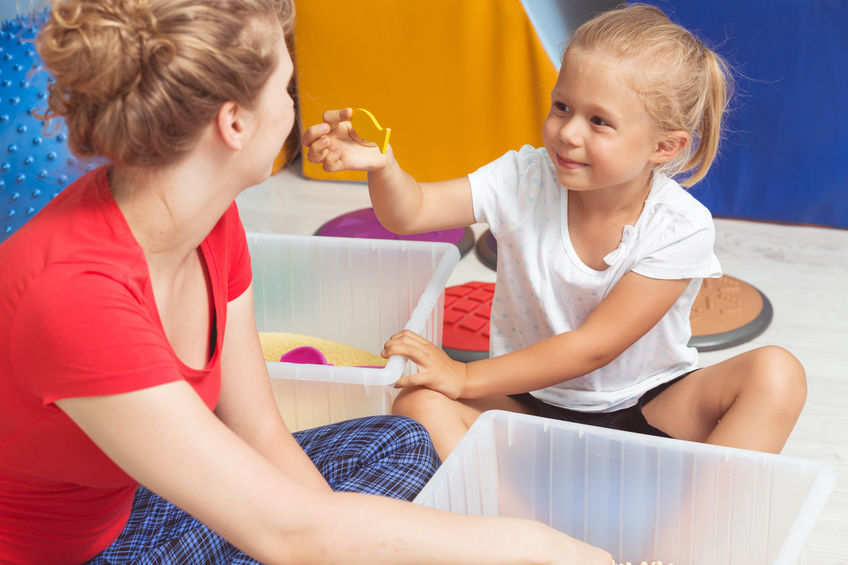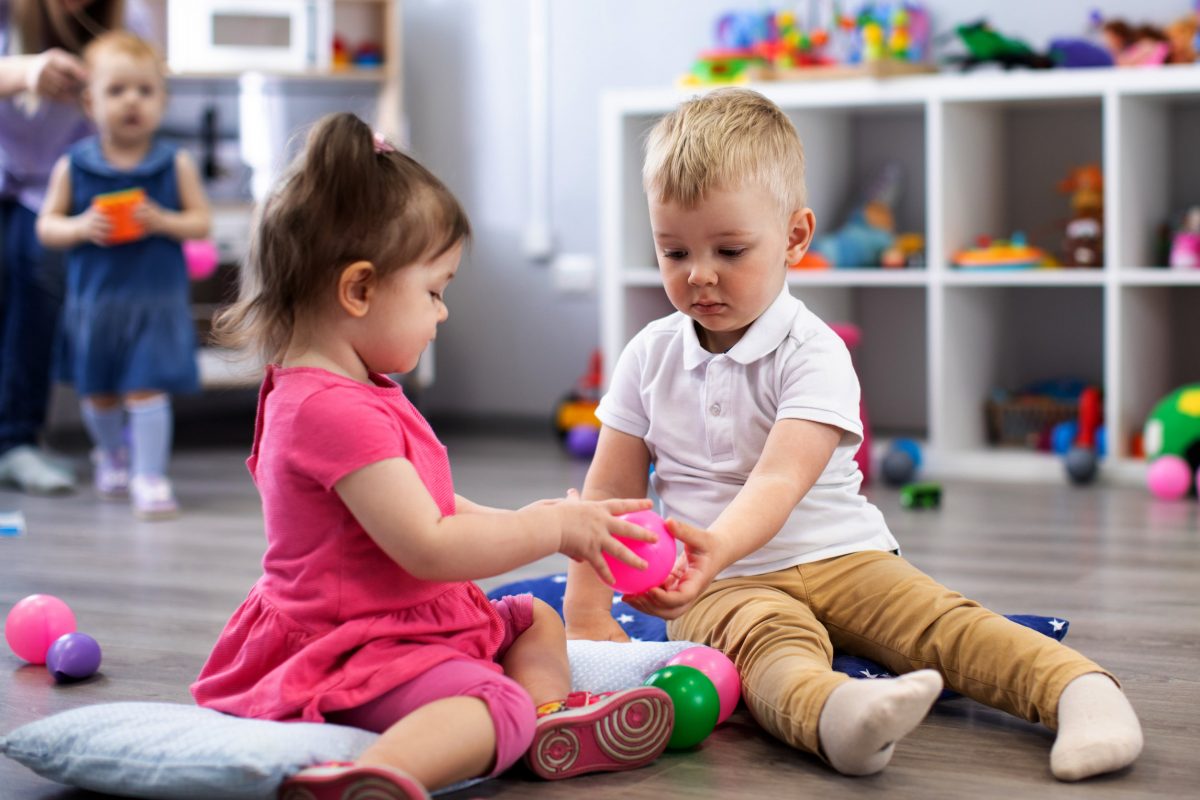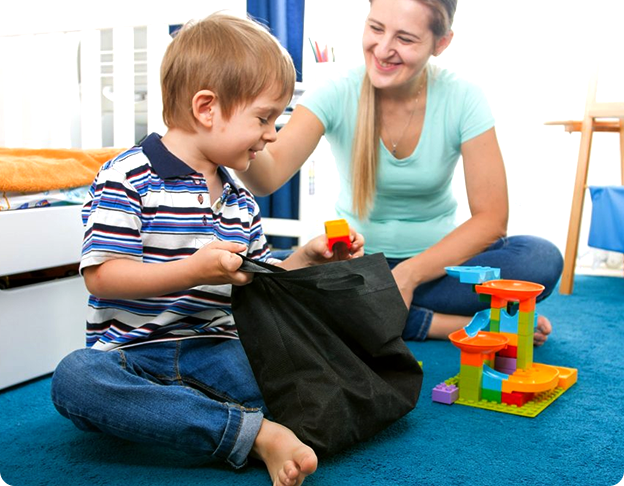Being a parent means wanting the best for your child. With that said, when their emotional, physical, and mental needs aren’t being met, it can cause great distress for both you and your child. Applied Behavior Analysis, which is more commonly referred to as ABA, is a type of therapy that decreases behavior problems by improving focus, attention, social skills, academics, and memory. With guidance from an ABA therapist, your child can reach their full potential while receiving the custom treatment they deserve.
However, for ABA therapy to work, your kid needs to bond with their therapist. To establish a connection, the therapist will focus on building rapport. If a close, harmonious relationship isn’t present, the therapy loses its efficacy, which is why creating a rapport with clients is imperative. Fortunately, ABA therapists are incredibly versed in this area, making it easy for your child to take a shine to them.
What Does It Mean to Build Rapport?
Simply put, building rapport involves ABA therapists establishing a deep-seated, genuine connection with your child. This process is also known as pairing. Much like its name suggests, pairing consists of placing a therapist and child together who work well with one another. To see if the therapist is a good fit for your child, they’ll learn your child’s motivations, interact with them, and gauge their interests.
Using this knowledge, your child’s therapist will deliver positive reinforcements to ensure an uplifting environment. If your child responds well to these practices, it’ll prove a successful pairing. One surefire way to know if an ABA therapist has built rapport with your child is by monitoring their emotions. If your child is excited to see their therapist or upset when they leave, the bond is undoubtedly there.
Why Is Building Rapport Necessary?
For the effects of applied behavior analysis therapy to work, building rapport is a must. Not only does this guarantee that your child receives the best results, but it also makes the therapist more effective in their counseling. In essence, when your child is paired with the right therapist, they’re less likely to exhibit problem behaviors. What’s more, when your child and their therapist have mutual trust and understanding, your kid is more inclined to cooperate and tackle the many challenges presented in therapy.
The therapist also benefits. For them, pairing is necessary because it breathes simplicity into achieving individual goals. Once this foundation is set, the therapist can implement sessions that promote optimal productivity. As a result, your child learns how to combat negative emotions, bad habits, poor behaviors, and ineffective communication strategies.
How Can a Behavior Therapist Build Rapport with A Child?
Building rapport typically involves partaking in activities that your child is fond of. In most cases, this includes playing with toys. Though this practice might not look worthwhile from an outsider’s perspective, it’s a proven method. While your child is playing with his or her favorite game, their therapist is gathering pertinent information.
How your child interacts with toys, how their mood shifts while playing, and how distracted they get while playing are all factors their therapist will consider. With this insight, a behavior therapist can bring out the vibrancy of your child while encouraging desired behaviors in a subtle, practical manner.
The Intricacies of Building Rapport
Building rapport during applied behavior analysis therapy is a delicate dance. Whether your child has autism spectrum disorder (ASD), ADHD, or another behavioral issue, establishing a connection involves patience and persistence. Above all else, your child’s therapist will refrain from restricting your child. In other words, they’ll try not to tell them no. This approach gives your child which is highly sought-after in children with behavior problems.
It’s also common for behavior therapists to identify reinforcers. More specifically, they’ll find activities or outings that your child enjoys in order to reward good behavior or offer an incentive. For example, if your child likes playing outside, their therapist might take them to the playground after completing an assignment. This lets your child know that their therapist has the ability to satisfy a specific desire.
Equally important is introducing games that your child loves. A behavior therapist won’t spend the entire session playing games, but these activities make your child feel like they aren’t in therapy but rather hanging out with a friend. When a therapist can create a safe space between them and a client, it bodes well for constructive sessions and enhanced trust. With all these time-tested techniques in play, your child will learn how to navigate the world with more confidence, proficiency, and understanding.




